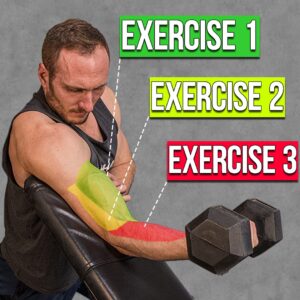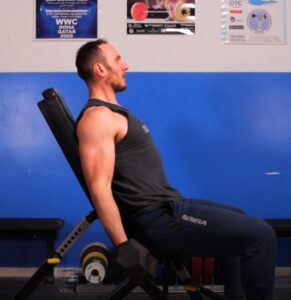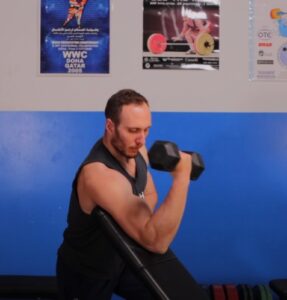The Biceps – What muscle group is a more classic example of someone who is muscular and well trained?
You look across people and the biceps pose is one of the most accepted demonstrations of health and strength.

The biceps, or biceps brachii, is one of the main muscles that makes up our upper arm. Let’s break down the anatomy first.
Anatomy
It actually consists of two heads, which is where the name bicep brachii comes from, meaning two headed muscle of the arm. These two heads have pretty simple names, the short head, and the long head. The short head originates on the coracoid process of the shoulder blade. The long head originates on the supraglenoid tubercle. Then they both run down along the front of the upper arm, merging together into one muscle belly.

They then form one tendon, called the distal biceps tendon, and pass the elbow, inserting into the radial tuberosity of the radius bone in the forearm. From the origin and insertion, we can see that the biceps crosses three joints – the shoulder, and then two joints in the elbow.

As such, the biceps has three primary functions:
1. Assisting in shoulder flexion and abduction AKA raising the arm up overhead.
2. Elbow flexion, or bending the elbow.
3. Forearm supination, or turning the palm up.
Now it’s important to note, when most people are referring to the biceps, they’re actually referring to more than just the biceps we just outlined. Usually people are talking about the muscles that collectively perform elbow flexion, which is the biceps brachii, but also the brachialis and brachioradialis.
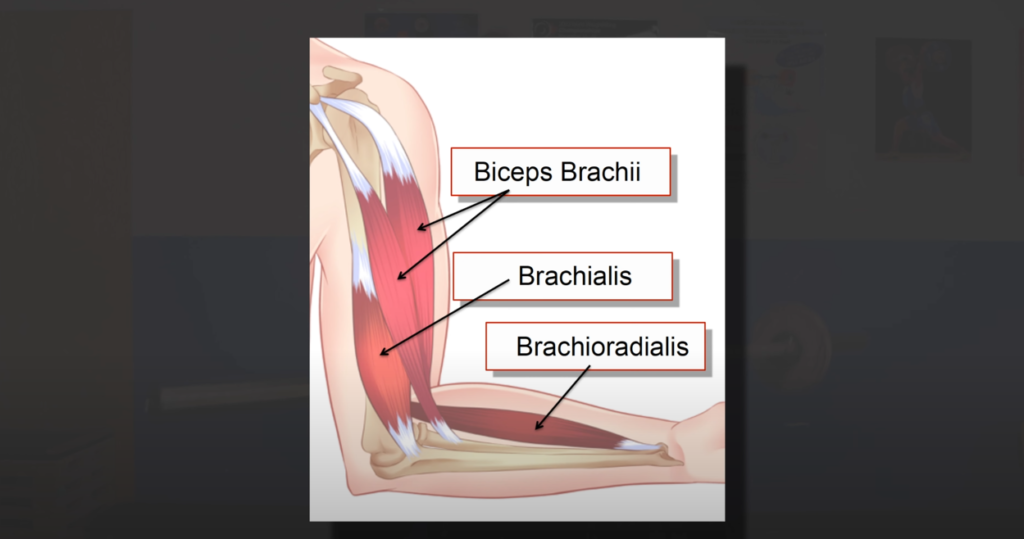
This is valuable to note since the biceps only accounts for about 45-50% of the muscle volume in the anterior arm, with the brachialis making up around 35% and the brachioradialis making up the last 15ish percent.
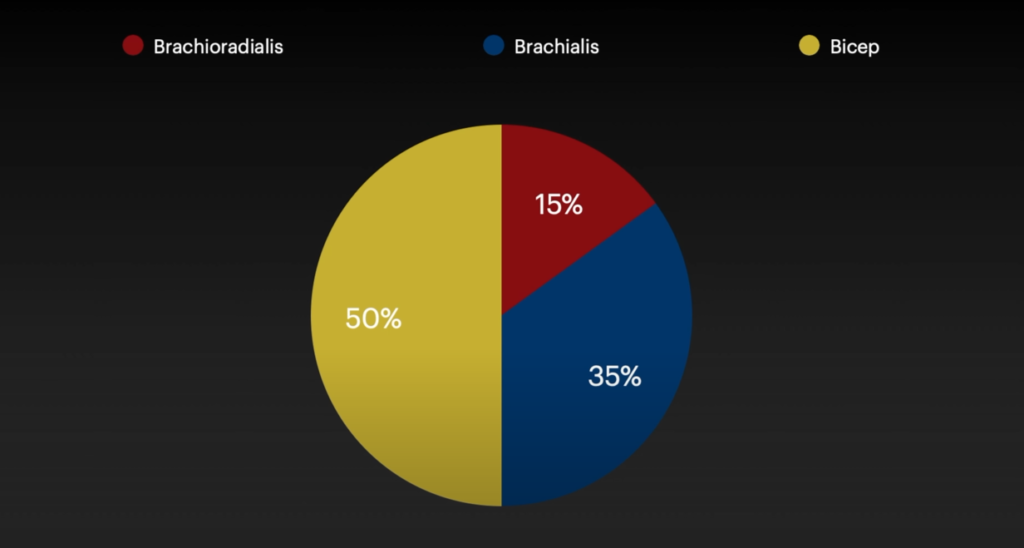
Given that these two muscles account for so much size in what we generally call the biceps, it’s important we consider them as well. The brachialis and brachioradialis differ from the biceps brachii in that they are more single joint muscles in nature.
Generally they’re both thought to primarily only do elbow flexion, but the brachioradialis can also assist in forearm rotation in each direction depending on the position of the forearm.
Exercises
With the anatomy covered, we can start to layer on more information that helps us decide which are the BEST exercises for the elbow flexors, and help us understand how to best do these movements for growing them.
A few key things to factor in for the biceps and other flexors are:
- Impact of forearm position and action.
- Impact of shoulder position and action.
- Peak Torque.
We discussed earlier that the biceps has an action of supination, and the brachioradialis can do both supination and pronation. This is important to remember because we see that the relative position and challenge on the forearm impacts the usage of these muscles.
If we want to emphasize the biceps brachii, doing elbow flexion, with supination, will increase the usage. If we want to emphasize the brachioradialis, doing elbow flexion, with pronation, will increase the focus. Whereas the brachialis will be challenged similarly regardless of forearm position.

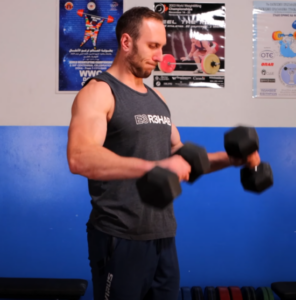
As well, we had previously discussed that while the brachioradialis and brachialis are primarily just single joint muscles, the biceps brachii also crosses the shoulder. Due to this, the biceps is often stated to do shoulder flexion and abduction, but research has shown it’s relatively inactive during this, likely due to the path that it takes. Instead, it acts more as a stabilizer of the shoulder joint.
However, while it might not be overly active in flexing the shoulder, its length is affected by shoulder flexion and extension. When the shoulder is more extended, the biceps brachii will be lengthened more, whereas when it’s flexed it will be shortened more. Muscle length is an important factor to consider as we’ve seen it can impact muscle growth. We’re going to dig into this detail a bit more in a moment.
Generally the elbow flexor muscles have least leverage to produce force when the arm is straight, and most as the elbow flexion angle increases.
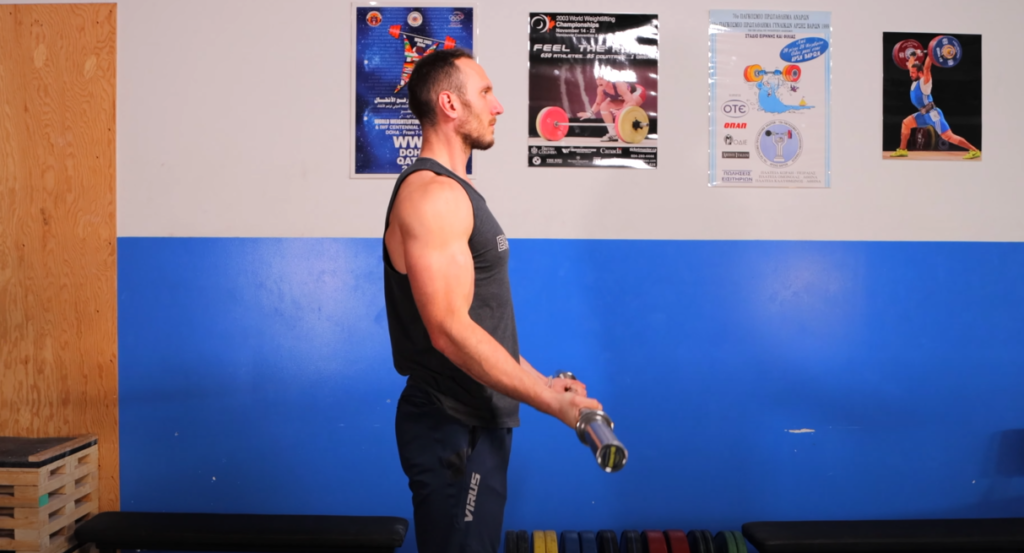
With that said, the elbow flexors do differ in when they best produce force.
The bicep has peak torque right around 45* of elbow flexion, whereas the brachioradialis is closer to 80* of elbow flexion, and the brachialis is somewhere in the middle. This information is helpful because different exercises are challenging at different points in a movement, and will challenge each of these muscles more or less then. For instance, if we have a movement that is more challenging at the top, like a band bicep curl, it will heavily challenge the brachioradialis as the peak load is at the most flexed position. In contrast, a standard standing dumbbell curl will be most challenging around the middle position due to the lever arm, making it a bit more of an appropriate challenge across all of the muscles.
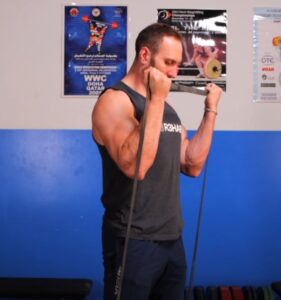

With all of that information, we can start to outline which exercises would be the best exercises for the various elbow flexors, and overall for them. Let’s start off with the best exercises for each muscle in the group. First up, the king of the group:
The Biceps Brachii
When it comes to maximally developing the biceps brachii we want movements that either have you supinate through the motion like a rotating dumbbell curl, or have you maintain supination through the motion like a barbell curl.
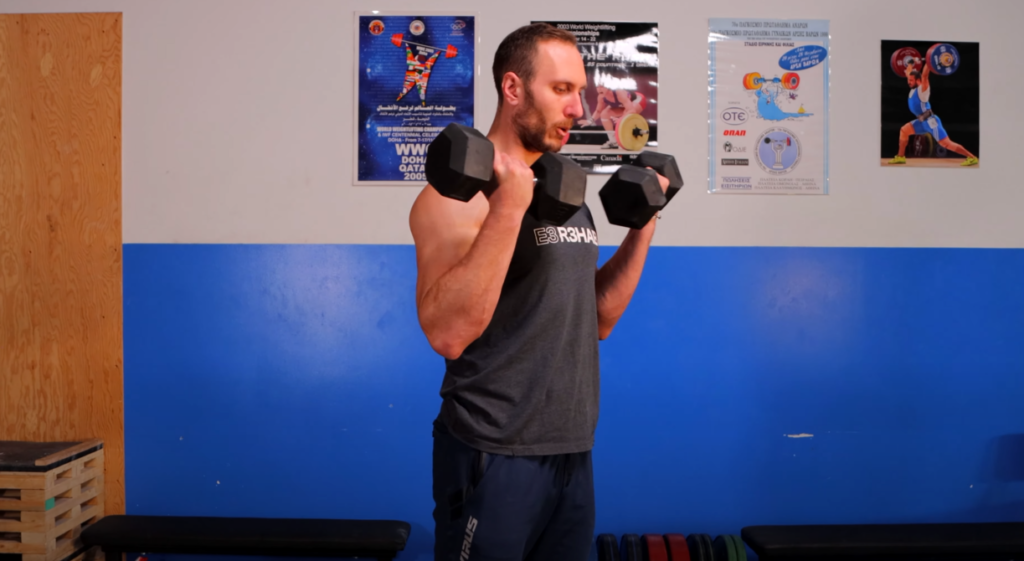
Using non-accommodating resistance is ideal – so that will be dumbbells, barbells, and most cables. Then having a rotation of exercises that work it in different shoulder positions is ideal.

Having an exercise like an incline dumbbell curl is ideal for working it a longer length, which might be beneficial for hitting the long head in particular. Then having an exercise like a preacher curl where the shoulder partially, but not too much as that limits tension production, and shifts the peak tension to a lower range where the bicep is able to produce most torque is beneficial. This combination should effectively hit the biceps best.
The Brachioradialis
For the brachioradialis, we want to go to the complete opposite end of the spectrum. It’s best to go to a pronated grip position, like a reverse curl, to get the most focus on the brachioradialis.
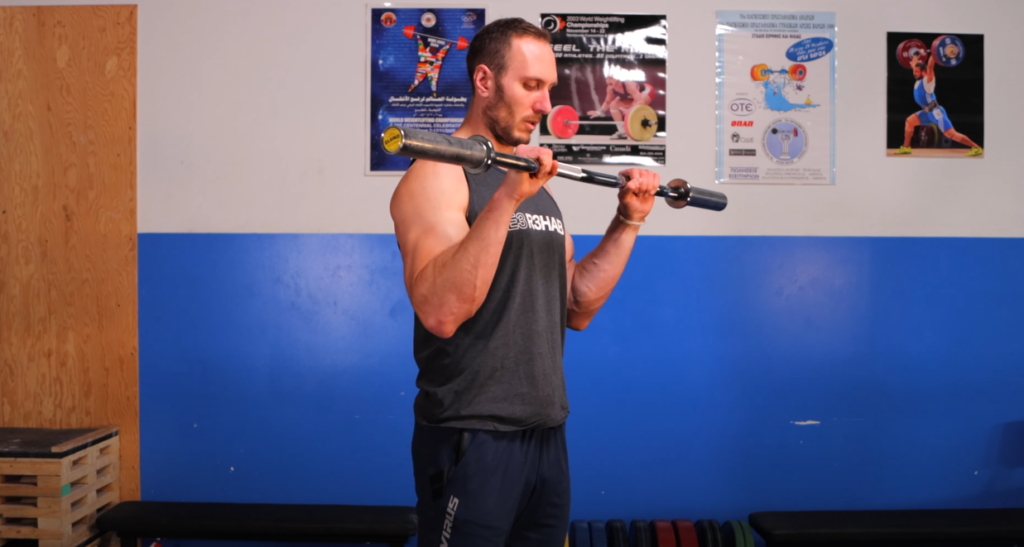
Loading it up with some accommodating resistance should be beneficial as well since it has peak torque ability at a higher degree of elbow flexion.
Ideally you’d use a movement like the reverse barbell or EZ bar curl with some weight and add a minor amount of band resistance since you still want some challenge through the whole motion.
The Brachialis
For the brachialis, it’s a bit more simple.
We can effectively hit it with just about any free weight curl – whether it’s a dumbbell curl, hammer curl, or barbell curl.

Legitimately focusing on the brachialis is hard. When we do any supinated grip, the bicep will be heavily worked. With a pronated grip, the brachioradialis will be heavily worked.
In a neutral grip , they’re all working quite hard, so while it MIGHT be the position closest to focusing on it, it’s likely best you just do movements either for overall elbow flexion challenge, which we will discuss in a second, or do movements focusing on the biceps brachii or brachioradialis and the brachialis will get hit sufficiently through them.
Now some people aren’t going to want to do a bunch of exercises, but instead want just one or two that will be best for overall development of the elbow flexors.
The BEST Exercise
In that case, my first choice would be a zottman curl. Here, we start with the palms up, curl all the way up, then at the top, rotate the palms down and lower under control, and flip back over to come up.
The reason this is my top pick is we basically ensure we hit up a comprehensive challenge across all of the elbow flexors. We hit the biceps and brachialis with their own piece of action and getting the brachialis along the way.
My second choice would be a standard barbell or dumbbell curl.

With this we start off standing tall, curl either the dumbbells up or the barbell and then lower under control. With the dumbbells you can play around with different rotations, but it’s not critical.
I personally think for most people, simple is best. If you’re training large compound movements like pull ups, rows, etc. and then hitting biceps once or twice a week, which is honestly more than enough for the vast majority of people who are limited on time to train. You don’t need a fancy exercise, but just one that you can do effectively, and then progressively overload across time.
That’s where these two shine well since they’re simple, they will work all of the elbow flexors, likely emphasizing the biceps and brachialis, but no biggie, and they will allow you ramp it up over time. So those are going to be the BEST exercise for the biceps, and the other elbow flexors.
If you liked this blog post and would like to see more about this topic – check out our YouTube video that has many more video clips explaining all the above moves in more detail! Thanks for reading everyone.


